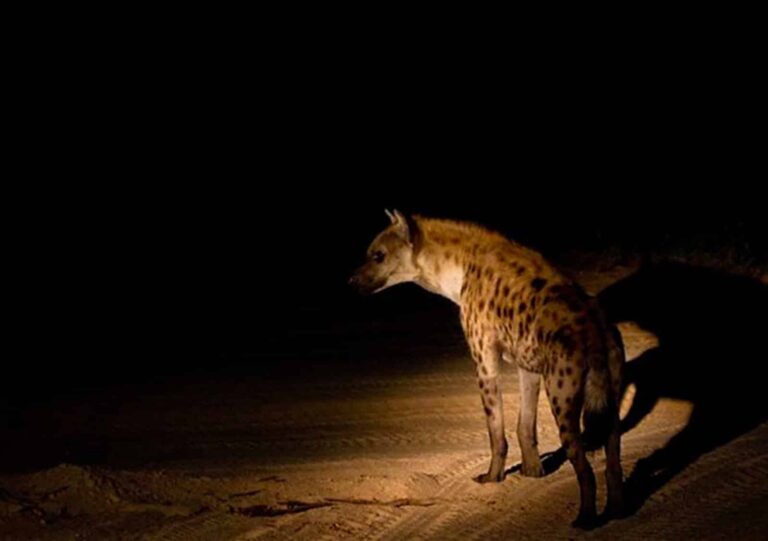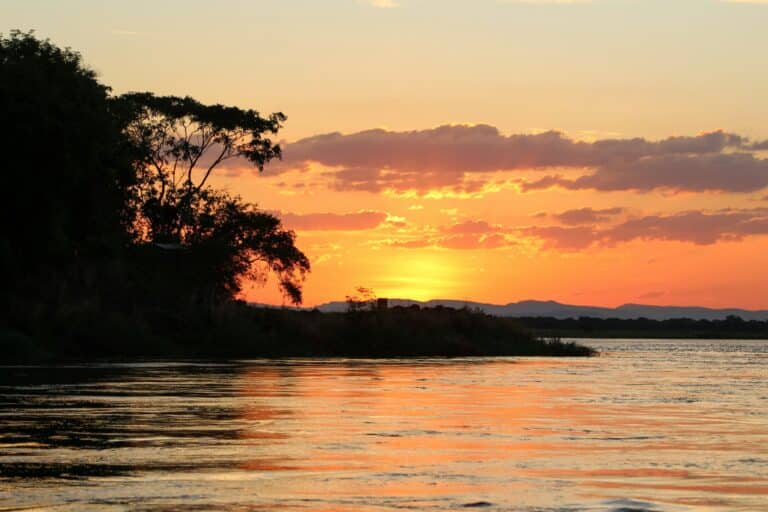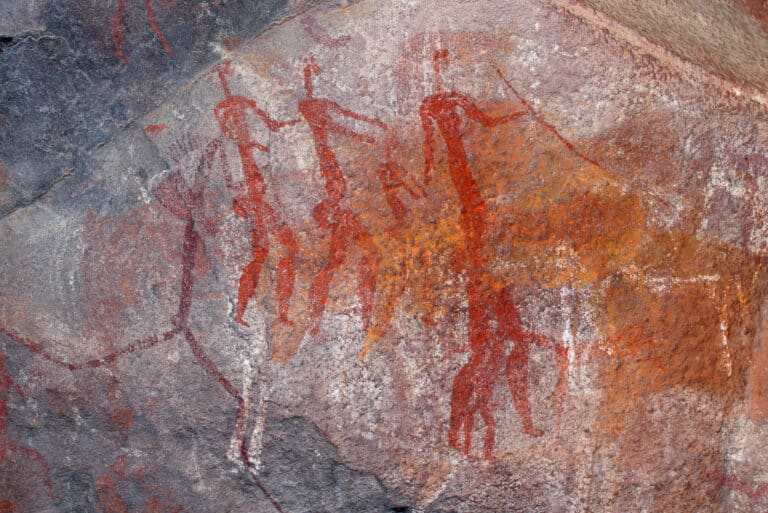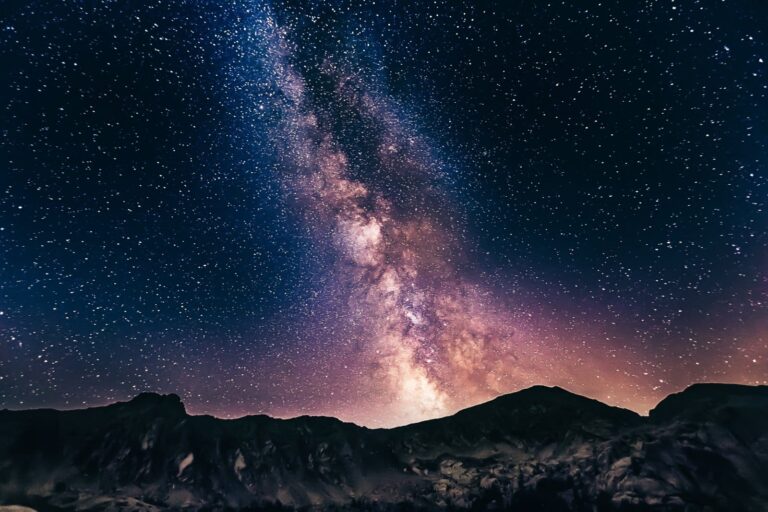Zimbabwe has a reputation for being home to some of Africa’s finest guides, incredibly welcoming, warm hospitality and some of the friendliest people you are likely to meet on your travels! This is a destination for clients who are looking to stay away from the crowds and get off the beaten track. Although it has had its difficulties in the past, today it is very much back on everyone’s radar as a premium safari destination.
Zimbabwe boasts a huge variety of wildlife, scenery, habitat, cultural history and activities across safari destinations. From rafting down the Zambezi River to fishing in tiny mountain streams for trout, it guarantees a diverse and extremely hands-on experience. The country’s dramatic landscapes vary from the balancing rocks of the Matopos and shoreline sunsets on Lake Kariba to the mighty Victoria Falls and scenes of wild animals in their natural habitat. This is the destination for an adventure of a lifetime.
Zimbabwe is very much a seasonal safari destination, albeit not quite as limited as neighbouring Zambia in terms of camp closures in the summer season.
Safaris do remain possible throughout the year, although it is worth considering how hot and wet the summer season can be and visits here are not for the faint hearted. Conversely, the dry winter months between June and October offer some of the very best safaris that Africa has to offer, with incredible wildlife viewing to be enjoyed in some of the most remarkable landscapes anywhere on the continent.
Local Time: GMT+5
Local Currency: Zimbabwean Dollar
Travelling to Zimbabwe with True
Few travel operators recognise and value the quality of safari that Zimbabwe offers like True Travel.
Our travel design process starts with you and your ideas, each trip created from a blank piece of paper.
Our Africa specialist’s have created a selection of example itineraries to provide a sense of what can be crafted for you in Zimbabwe.
9 Day Itinerary
Guide Price: £8,500pp
Guide Price: $10,300pp
Explore the diverse terrain of Zimbabwe by embarking on sunset river cruises, safari adventures and steam trains for breathtaking views of natural wonders like Victoria Falls, the Zambezi River and a plethora of exciting wildlife.
10 Day Itinerary
Guide Price: £9,800pp
Guide Price: $11,700pp
Discover the diverse wonders of Zimbabwe, where captivating landscapes set the stage for exhilarating walking safaris amidst remarkable wildlife sightings. Dive into water safaris offering a spectrum of aquatic activities.
10 Day Itinerary
Guide Price: £12,900pp
Guide Price: $15,500pp
Experience some of the best natural wonders of Africa on a trip to Zimbabwe and Zambia, from the majestic Zambezi River and the breathtaking Victoria Falls, alongside diverse wildlife on a walking safari or from the close proximity of a canoe.
Explore the diverse terrain of Zimbabwe by embarking on sunset river cruises, safari adventures and steam trains for breathtaking views of natural wonders like Victoria Falls, the Zambezi River and a plethora of exciting wildlife.
Discover the diverse wonders of Zimbabwe, where captivating landscapes set the stage for exhilarating walking safaris amidst remarkable wildlife sightings. Dive into water safaris offering a spectrum of aquatic activities.
Experience some of the best natural wonders of Africa on a trip to Zimbabwe and Zambia, from the majestic Zambezi River and the breathtaking Victoria Falls, alongside diverse wildlife on a walking safari or from the close proximity of a canoe.
The foundations of a memorable holiday are the experiences and Zimbabwe has an abundance of activities to make each itinerary special.





There are a wonderful range of properties across Zimbabwe True Travel partners with the very best.
Each trip True Travel curate is based on the experience you are looking for and as an independent travel operator, we are not obliged or committed to any properties. You can rest safe in the knowledge that the accommodation we recommend for your stay has been chosen based on your interests, not ours.
From Victoria Falls on the western boarder with Zambia, to Gonarezheu in the south east, there is a lot to discover in Zimbabwe. The capital Harare will serve as your travel hub, before adventures to Hwange National Park or Mana Pools National Park.
The crashing deluge of the mighty Zambezi as it spectacularly plunges over the Victoria Falls is one of Africas most awe-inspiring and iconic sights. We think that the Falls are best seen from the Zimbabwean side and when you are standing close to the worlds greatest mass of falling water and enjoying the sight of double rainbows, you won’t feel short-changed.
Known by its African name, Mosi-ay-Tunya (the smoke that thunders), the Falls are now linked by dozens of daily flights and holds a reputation for being the adrenaline centre of Africa with bungee jumping, white water rafting and helicopter flights that drop right into the gorge.
Our team of Africa specialists, Felix and Matt have over 30 years of experience selling Africa holidays, so you can be assured you will be in the best hands when planning your trip. They will look after you start to finish using their expert knowledge to give you a holiday to remember.


Felix has over 17 years experience designing trips to Africa and has travelled to many far-flung regions in the continent; visiting at least twice a year since his career began.

Raised in South Africa, Matt has travelled around Southern and East Africa from childhood. He’s been on safari over 50 times all over the African continent and is extremely passionate about Africa’s wildlife and wild places.

INSPIRATION
SIGN UP
Weekly travel inspiration, news and updates from our team of travel specialists
Sign up